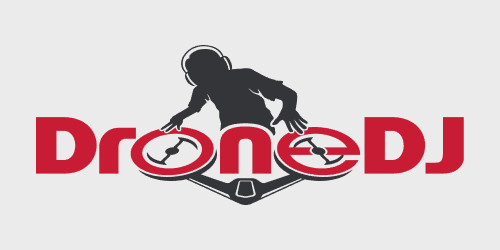
Little Ripper’s Lifesaver drone can spot sharks with 90% accuracy. It distinguishes them from 16 other types of marine life, such as dolphins. This makes the drone when outfitted with the SharkSpotter artificial intelligence (AI) algorithm superior to the human eye.
Little Ripper Lifesaver drone uses AI
The Westpac Little Ripper Lifesaver drone uses newly captured photos to continuously improve itself. The result of this ongoing process is that it becomes even more accurate in spotting sharks. The Australian drone won a national innovation award last week for its ability to differentiate sharks from 16 other forms of marine life.
“It can detect really accurately the difference between a shark and a dolphin, sharks from so many types of marine life,” Professor Michael Blumenstain from the software school at the University of Technology Sydney said to 9News.
The drone shares the information it captures in real-time with emergency services, lifeguards, and water users.
“Manned aerial flights have less than 20 percent accuracy, our drones are very efficient, non-evasive and non-destructive,” Little Ripper’s Eddie Bennet said.
Better than shark nets
In Australia, spring beach controls are about to start in three weeks. The government removed the shark nets after public outrage. The nets were responsible for catching hundreds of marine creatures but only 11 sharks. Eight dolphins, nine turtles, 100 rays and 34 protected hammerhead sharks were killed by the nets. They were installed after recent shark attacks in the areas of Ballina, Lennox Head, and Byron Bay.
A government survey concluded that public support was highest for drone surveillance and lowest for shark nets. At the same time, the government was testing the drones over the last 12 weeks.
The Little Ripper drone with SharkSpotter software not only distinguishes between 16 sorts of marine life but can also identify surfers, swimmers, boats, human beings and other objects in the water.
Sharks in waters off Cape Cod
Recently, along the shoreline of Cape Cod 149 juvenile great white sharks were spotted. A sharp increase compared to previous years. The young great white sharks can measure up to 10 feet and present a potential danger to beachgoers. A professor from SUNY, NY was recently seriously injured after being attacked by a shark while standing in the water at Long Nook Beach in Truro.
What do you think about using drones to spot sharks and keep beaches safe? Let us know in the comments below.
STAY IN TOUCH!
If you’d like to stay up to date with all the latest drone news, scoops, rumors and reviews, then follow us on Twitter, Facebook, YouTube, Instagram or sign up for our email newsletter DroneRise, that goes out every weekday morning at 6 am.
If you’d like to help us grow, you can buy your next drone through one of the following links directly from manufacturers, such as DJI, Parrot, Yuneec or retailers like Amazon, B&H, BestBuy or eBay. We will make a small commission and it will not cost you anything extra. Thank you!
FTC: We use income earning auto affiliate links. More.





Comments